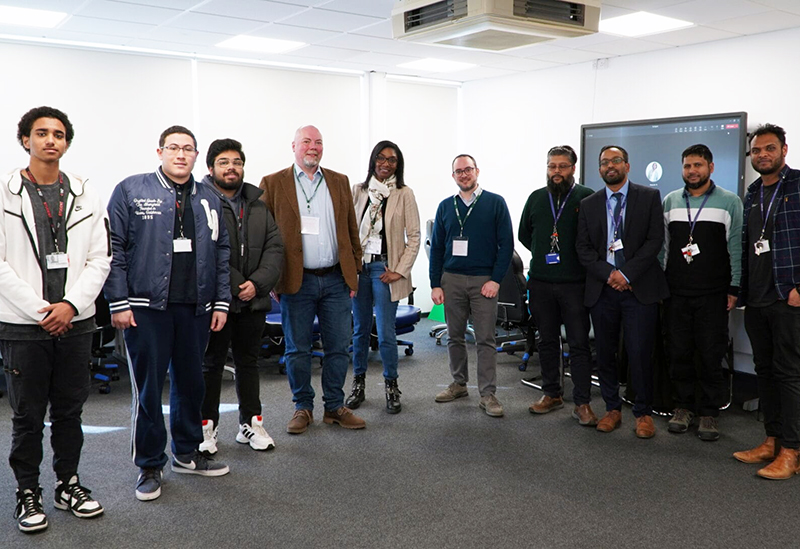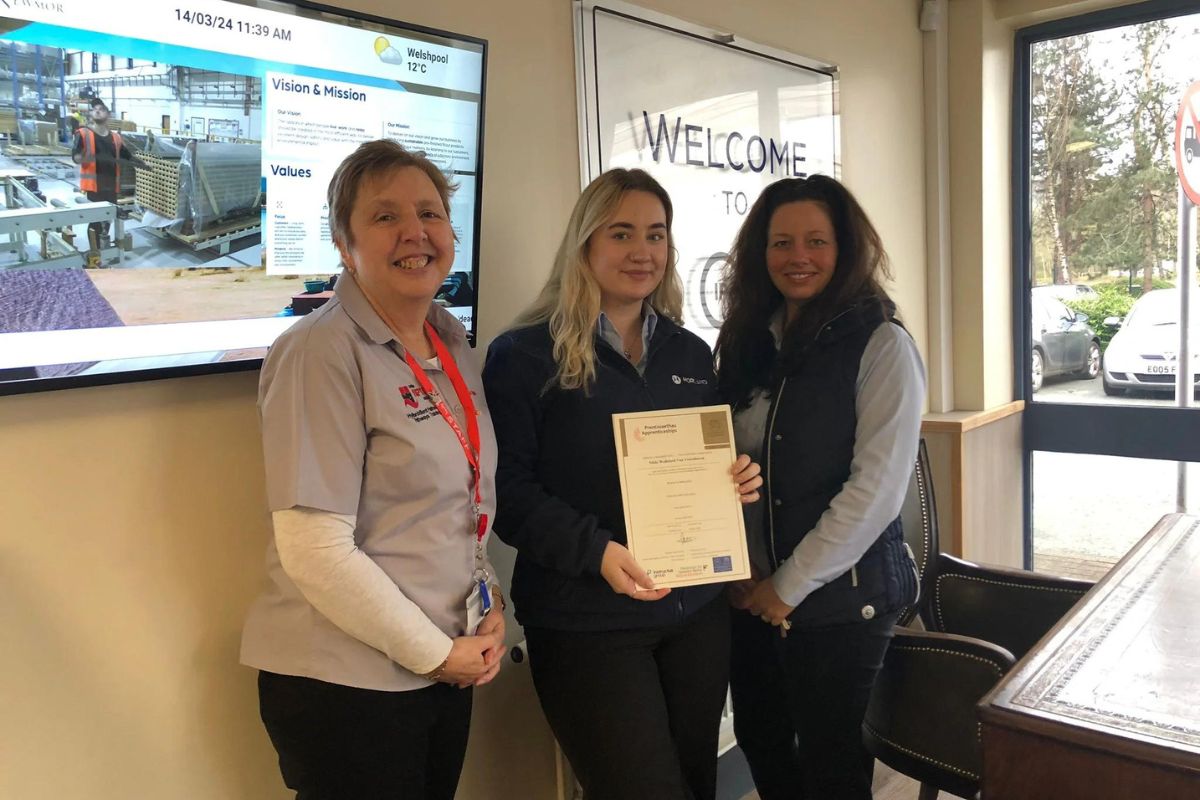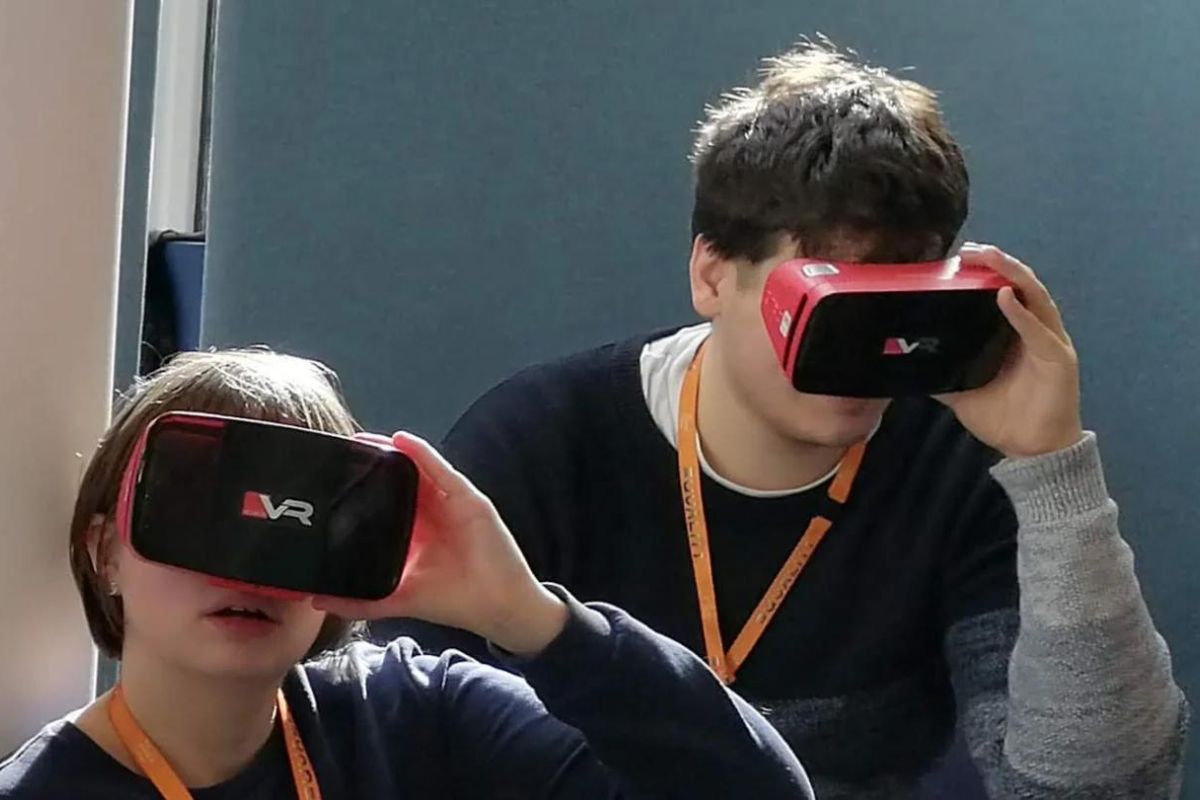What’s the Best Tool for Teaching Entrepreneurship?

I was recently asked an interesting question: What was my opinion on ‘which is the best tool for teaching entrepreneurship?’.
There are many different audiences for entrepreneurship education, and I’ve noticed that the best approach very much depends on the audience type. I’ve highlighted three audiences here: The first is undergraduates, the second is postgraduates, and the third is SMEs and business owners.
Undergraduates and college students
With undergraduates and college students, the audience usually lacks a basic knowledge of business and has little ‘hands on’ experience of the business workplace. Some students may be studying business, but others may be engaged in other subjects and therefore lack any specific technical knowledge on business topics.
Therefore, because of both the lack of knowledge and the relative ‘greenness’ of this audience, poster presentations and business plan competitions can be very effective. For poster presentations a business idea is ‘sketched out’ on an A3 poster and presented to a judge who can ask questions to draw out the depth of analysis that has been applied. A business plan competition is similar, in that it allows participants a chance to produce a fuller representation of their business idea, usually for presentation to a panel of judges. These are both successful, especially when formulated and delivered as a part of a team, because they allow the participant(s) to cover many angles and areas without too much depth of understanding required in a particular subtopic.
Being primarily an experience-based approach rather than a didactic one also means that the students go through the process of assessing and analysing the different facets of their business idea and therefore learn through this iterative process. This helps them develop the broader understanding of the business ecosystem and how the various parts interrelate. This is true even without specific technical business knowledge since most laypersons will have basic familiarity of functions such as marketing, HR and so on. Having said this, the typical business pitching or poster presentation programme also tends to be supported with lectures, interactive workshops and mentoring – all of which add tremendous value along the journey.
Postgraduates MSc and MBAs
For the second audience, for postgraduates, MSc and MBA students, the participant typically has a wider life experience and may well have experienced the workplace and have learnt some initial business skills. For this audience, tools such as the Business Model Canvas (BMC) are excellent because they offer a structured approach to understand what it is the business does that customers value, who those customers are, and all the various supporting parts of the puzzle that are required to interact in order to deliver this vision.
Deservedly popular, the BMC is also an excellent tool in exploring both spin outs, and for licensing opportunities for those who are engaged in university research. As part of using the business model canvas there’s also the opportunity for excellent customer discovery and market validation exercises, for example by carrying out 50 to 100 customer interviews. The BMC therefore provides a framework for extensive further research to help develop a business idea hypothesis.
As a tool, it’s therefore a little more technical than the previous method, and although it is sometimes used for undergraduates and business novices, it does need some explaining on how to use it and requires considerable additional research by the students, such as gathering market data and talking to customers, in order to get the best from it.
The SME business owner
For the third audience, the SME business owner or company director of an early stage business that wishes to grow but may have been established several years ago, the needs are different. Even though they are practitioners, I’ve often seen that these business owners can lack technical knowledge and self-confidence. I’ve even met several business owners who have created £10m or even £20m businesses from scratch but really don’t understand how they got to where they are today, and this lack of understanding can cause a basic lack of confidence.
This is sometimes referred to as ‘imposter syndrome’, whereby the individual has achieved something but feels insecure and, in some way, ‘an imposter’ – someone undeserving to be where they are. The useful analogy I sometimes use is that the entrepreneur has climbed up a tree and has gone higher and higher in the tree and out on a branch until they feel that they are ‘out on a limb’. Since they don’t really understand how they got there, they are terrified to make any moves in case the branch breaks and they fall all the way back to the ground.
For this audience, a mini part time MBA, or general executive education programme, perhaps running over 2 to 6 months, is a great way to give these individuals the insights and confidence they require to move forward in a positive fashion. These programmes often include mentoring as well as creating a community of peers for the all-important camaraderie and support. By understanding the basic underpinnings of business they gain both the technical knowledge to interact with the different facets of their own business, but also more importantly, the ability to understand exactly why they have been successful so far, why they are actually good (or otherwise bad) at what they do, and hence the confidence to move forward into the future, making decisions effectively to grow and succeed.
So, to summarise: What’s the best tool for teaching entrepreneurship? It depends on the audience. Every audience has different needs and requirements. Whether they are inexperienced, have baggage that needs to be stowed, or are hungry for tools and emotional support, all can profit greatly from the right approach.
David Falzani MBE is a professor in sustainable wealth creation at Nottingham University Business School and President of the Engineers in Business Fellowship, a charity which has given more than £11 million in scholarships to young engineers to study at 14 top business schools in the world. Those recipients have gone on to found new companies worth over £4.6 billion, create 18,000 new jobs, and helped develop some of the UK’s largest corporations.












Responses